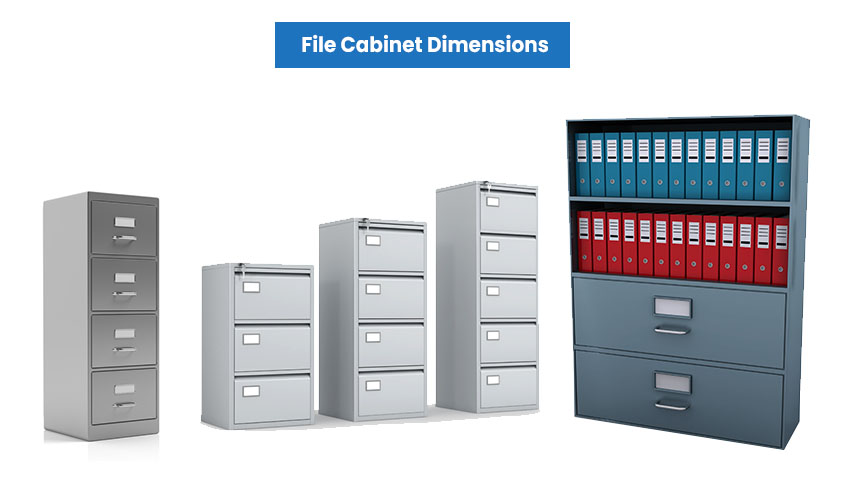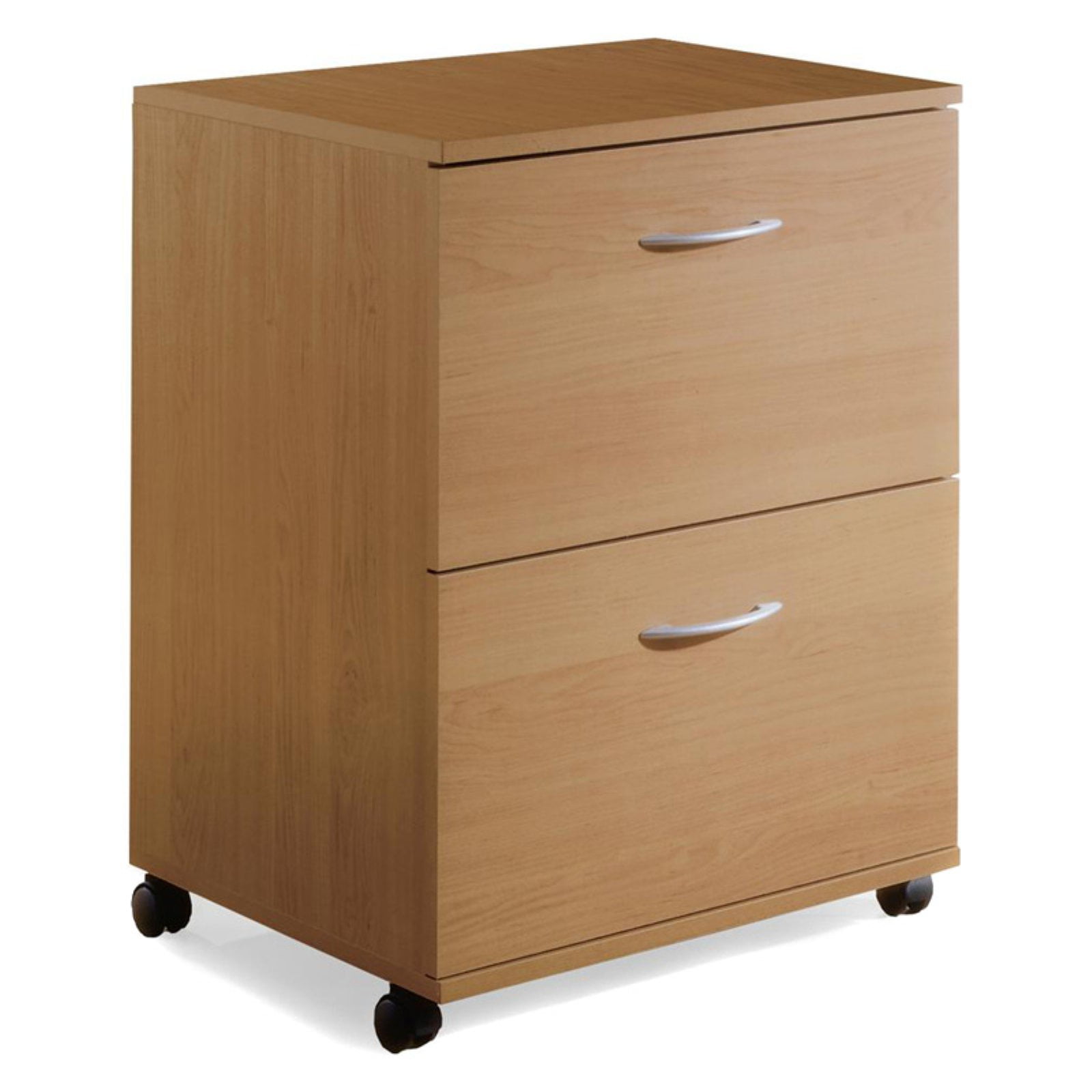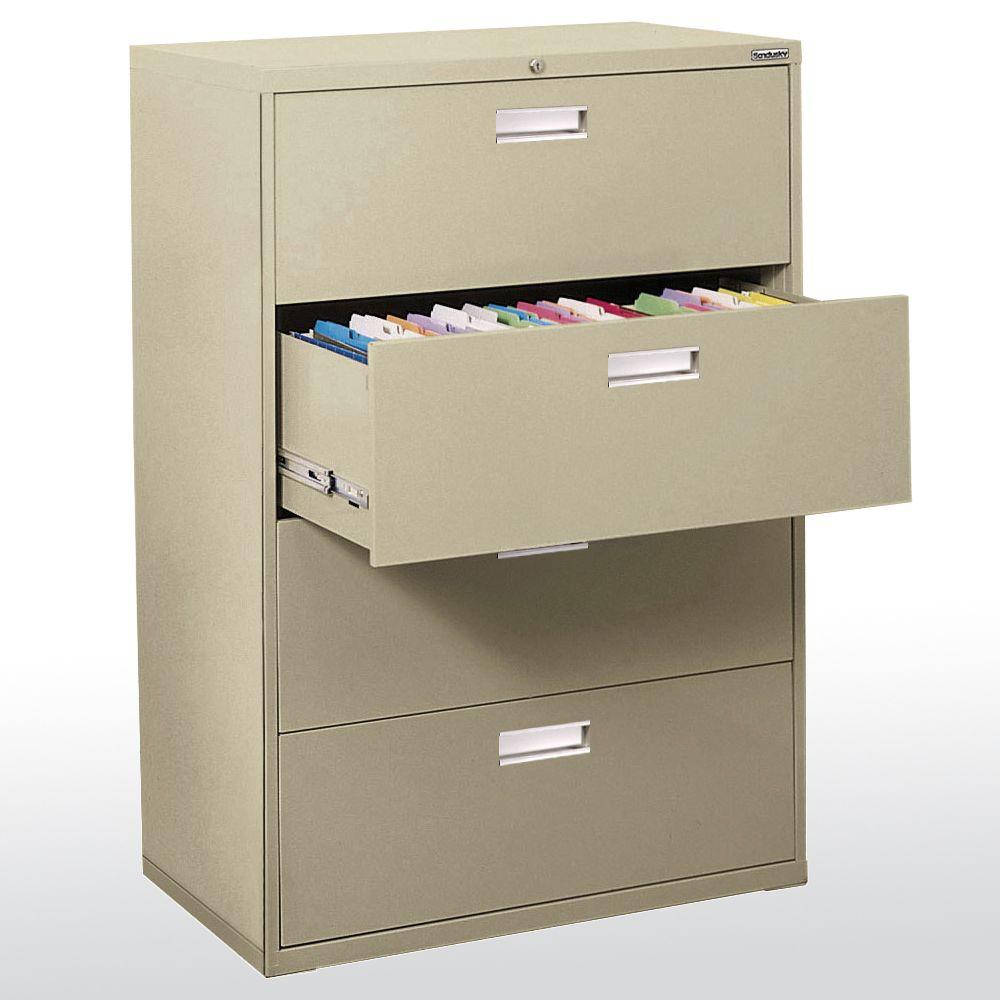Two-Tier Filing Cabinet

A two-tier filing cabinet is a practical and efficient storage solution for organizing and storing documents, files, and other important papers. These cabinets typically consist of two drawers that slide out for easy access to the contents. They are commonly found in offices, homes, and other settings where document organization is crucial.
Design and Construction
Two-tier filing cabinets are designed to provide a stable and secure storage solution. They are typically constructed using sturdy materials like metal, wood, or a combination of both. The frame is often made of metal, ensuring durability and resistance to warping or bending. The drawers are typically made of metal or wood, with a smooth surface for easy sliding.
Drawer Configurations
Two-tier filing cabinets come in various drawer configurations to suit different storage needs. The most common configurations include:
- Letter Size: These cabinets are designed to accommodate standard letter-sized documents, with drawers that are approximately 12 inches wide by 15 inches deep.
- Legal Size: Legal-size cabinets are designed to store legal documents, with drawers that are wider to accommodate the longer dimensions of legal papers.
- Lateral File: Lateral filing cabinets feature drawers that open from the side, providing a wider opening for easier access to files.
Benefits and Drawbacks
Two-tier filing cabinets offer several benefits, including:
- Compact Size: They are relatively compact, making them suitable for smaller spaces. They can be easily placed on desks, shelves, or against walls, maximizing space utilization.
- Easy Access: The two-tier design allows for easy access to files stored in both drawers, reducing the need to move heavy cabinets or search through multiple drawers.
- Organization: Two-tier filing cabinets provide a structured and organized system for storing documents, allowing for efficient retrieval and management of important papers.
However, there are also some drawbacks to consider:
- Limited Storage Capacity: With only two drawers, the storage capacity of a two-tier filing cabinet is limited, which may not be sufficient for large document collections.
- Weight: Two-tier filing cabinets can be relatively heavy, especially when filled with documents, making them difficult to move or reposition.
Common Applications and Industries
Two-tier filing cabinets are widely used in various applications and industries, including:
- Offices: They are essential for storing documents, files, and other office supplies, ensuring efficient organization and retrieval of important information.
- Home Offices: These cabinets are ideal for organizing personal documents, financial records, and other important papers in a home office setting.
- Schools and Libraries: Two-tier filing cabinets are commonly used in schools and libraries to store student records, administrative documents, and other essential materials.
- Medical Facilities: Hospitals and clinics often use two-tier filing cabinets to store patient records, medical reports, and other sensitive information.
Choosing the Right Two-Tier Filing Cabinet

Selecting the perfect two-tier filing cabinet involves careful consideration of your specific needs and preferences. This guide will help you navigate the process and make an informed decision.
Size and Capacity
The size and capacity of a two-tier filing cabinet are crucial factors to consider. The right size will ensure you have enough space for your files while maintaining a comfortable and functional workspace.
- Measure your available space: Before purchasing a cabinet, measure the area where you plan to place it. Consider the width, depth, and height to ensure the cabinet fits comfortably and doesn’t obstruct movement or access to other furniture.
- Determine the number of files you need to store: Estimate the number of files you need to store. Consider the types of files, their sizes, and how often you access them. This will help you choose a cabinet with the right number of drawers and capacity.
- Think about future needs: Consider your future storage needs. If you anticipate an increase in the number of files you need to store, choose a cabinet with some extra capacity to accommodate growth.
Drawer Mechanism
The drawer mechanism plays a significant role in the overall usability and longevity of a two-tier filing cabinet. Consider these factors when choosing a drawer mechanism:
- Suspension: Suspension drawers glide smoothly on tracks and are known for their durability and ease of use. They often come with features like full-extension slides for easy access to files in the back of the drawer.
- Roller: Roller drawers use ball bearings for smooth operation. They are generally less expensive than suspension drawers but may not be as durable. However, they offer a cost-effective solution for light-duty use.
- Other Mechanisms: Some cabinets may feature innovative drawer mechanisms, such as soft-close drawers, which prevent slamming and reduce noise.
Weight Capacity and Load Distribution
The weight capacity and load distribution capabilities of a two-tier filing cabinet are essential for its stability and longevity. Consider these points:
- Weight capacity: Check the manufacturer’s specifications for the weight capacity of each drawer. Choose a cabinet with a weight capacity that can comfortably handle the weight of your files.
- Load distribution: Ensure the cabinet is designed for even weight distribution. Avoid overloading individual drawers or placing heavy items on top of the cabinet.
- Material: Consider the material of the cabinet. Steel cabinets are typically more durable and have a higher weight capacity than wooden cabinets.
Features
Two-tier filing cabinets come with various features that enhance their functionality and usability. Consider these options:
- Locking mechanisms: A locking mechanism provides security for your important documents. Choose a cabinet with a robust locking system that meets your security requirements.
- Adjustable shelves: Adjustable shelves allow you to customize the interior space to accommodate different file sizes and storage needs.
- Integrated organizers: Some cabinets come with integrated organizers, such as file dividers and drawer trays, to help you organize and access your files efficiently.
Using and Maintaining a Two-Tier Filing Cabinet: 2 Tier Filing Cabinet

A two-tier filing cabinet can be a valuable asset for organizing and storing important documents. To ensure its longevity and efficiency, proper usage and maintenance are crucial. This section delves into the best practices for organizing, labeling, cleaning, and ensuring the safety of your filing cabinet.
Organizing and Labeling Files
Organizing and labeling files within a two-tier filing cabinet is essential for efficient retrieval and storage. Here are some tips to maximize your organization:
- Establish a Filing System: Before starting, develop a consistent and logical filing system. This could be alphabetical, numerical, or based on subject matter. Ensure your chosen system is easy to understand and maintain.
- Use File Folders: Employ file folders to categorize and separate documents. Utilize different colors or labels to distinguish between categories for easy identification.
- Label Clearly and Concisely: Label each file folder with a clear and concise description. Avoid using overly broad or vague labels that can lead to confusion.
- Maintain a Consistent Format: Maintain a consistent format for labeling, such as using capital letters or a specific font size. This enhances readability and simplifies the organization process.
- Utilize Hanging Folders: Hanging folders within the file drawers provide additional organization and prevent documents from becoming misplaced or lost.
Maintaining the Cabinet
Regular maintenance is crucial for ensuring the longevity and functionality of your two-tier filing cabinet. Here are some best practices:
- Dust Regularly: Dusting the cabinet’s exterior and interior surfaces regularly prevents the accumulation of dirt and debris, which can damage the cabinet or hinder smooth operation.
- Clean Drawer Slides: Clean the drawer slides with a damp cloth to remove any dust or grime that might impede smooth drawer movement.
- Lubricate Drawer Slides: Periodically lubricate the drawer slides with a light oil to ensure smooth and quiet operation. Avoid excessive lubrication as it can attract dust and debris.
- Inspect for Damage: Regularly inspect the cabinet for any signs of damage, such as scratches, dents, or loose parts. Address any issues promptly to prevent further deterioration.
Safety Precautions, 2 tier filing cabinet
Using and storing heavy files in a two-tier filing cabinet requires adherence to safety precautions to prevent injuries. Here are some essential guidelines:
- Avoid Overloading: Do not overload the drawers with excessive weight. Overloading can cause drawers to jam, become difficult to open, or even collapse, posing a risk of injury.
- Proper Lifting Techniques: When lifting heavy files, use proper lifting techniques to avoid strain or injury. Bend your knees, keep your back straight, and lift with your legs, not your back.
- Secure Drawers: Always ensure drawers are closed securely after accessing files. Leaving drawers open can pose a tripping hazard or cause them to accidentally slide out.
- Proper Placement: Place the cabinet on a stable and level surface to prevent it from tipping over. Ensure the area around the cabinet is clear of obstructions to allow for safe access and movement.
Regular Inspection and Maintenance Checklist
A regular inspection and maintenance checklist can help ensure the longevity and safety of your two-tier filing cabinet. Here are some key points to consider:
- Drawer Operation: Check for smooth drawer operation, ensuring they slide in and out easily without any jamming or resistance.
- Drawer Slides: Inspect the drawer slides for signs of wear or damage. Replace or lubricate them as needed.
- Cabinet Structure: Examine the cabinet’s structure for any signs of damage, such as scratches, dents, or loose parts. Address any issues promptly to prevent further deterioration.
- Hardware: Inspect the cabinet’s hardware, including handles, hinges, and locks, for any signs of wear or damage. Replace or tighten them as needed.
- Cleaning and Dusting: Regularly dust the cabinet’s exterior and interior surfaces to prevent the accumulation of dirt and debris.
2 tier filing cabinet – A two-tier filing cabinet, with its sturdy build and organized compartments, offers a sense of control and order. Just like a white kitchen storage cabinet transforms a culinary space into a haven of efficiency, a two-tier filing cabinet brings a similar sense of calm and clarity to any workspace, making it a valuable companion for those who appreciate a well-structured environment.
Just like a two-tier filing cabinet meticulously organizes your paperwork, a sturdy 54 inch sink base cabinet forms the bedrock of your kitchen, providing a solid foundation for your culinary creations. A well-organized filing cabinet empowers you to locate vital documents with ease, while a well-designed sink base cabinet streamlines your workflow, ensuring that every utensil and ingredient is within reach.
Both symbolize the power of organization, enabling you to navigate the complexities of life with efficiency and grace.
